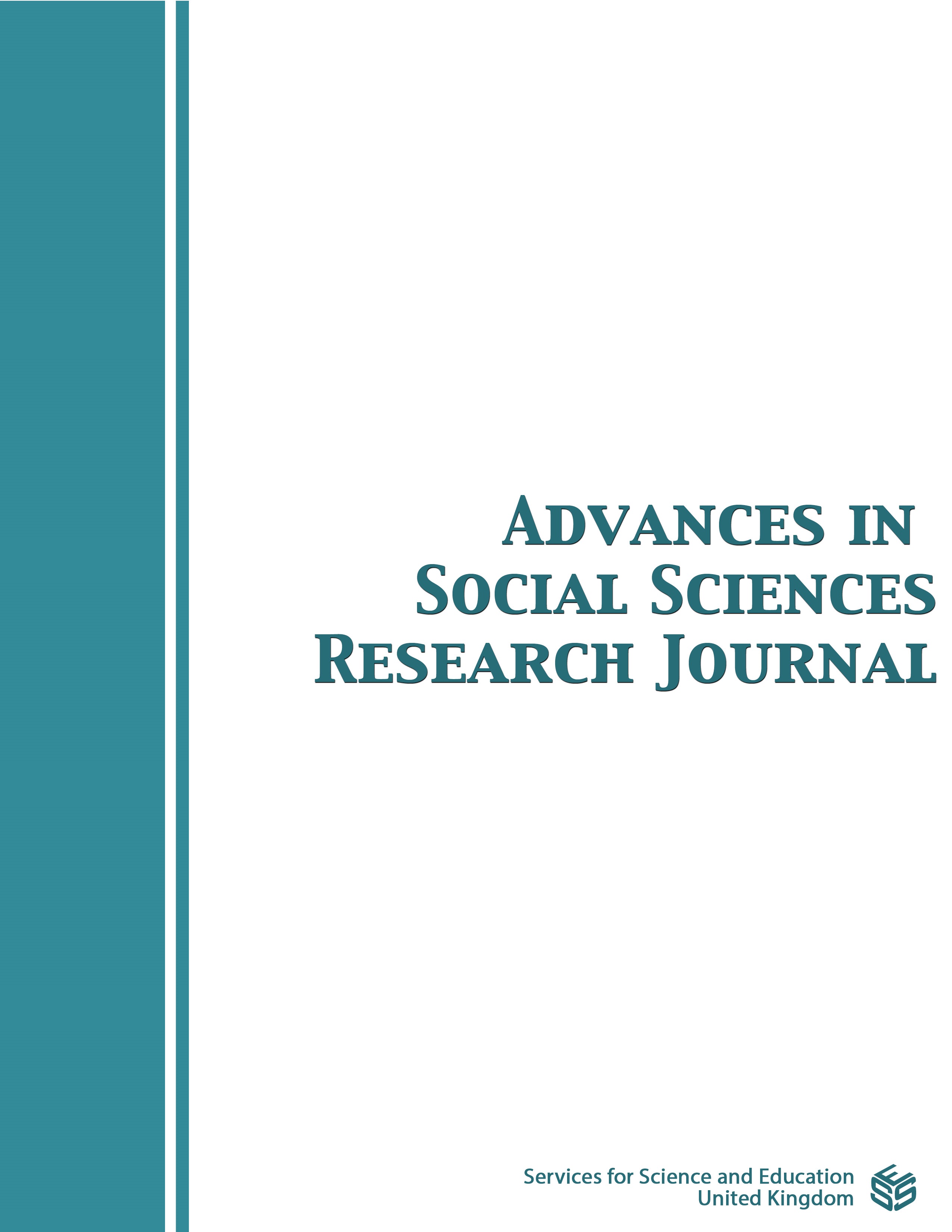The Impact of Refugee Settlement on Landscape and Green Environment in Yumbe District West Nile Sub Region, Uganda
DOI:
https://doi.org/10.14738/assrj.104.13682Keywords:
Refugees, Settlement camps, Environmental degradation, Host communities and West Nile sub regionsAbstract
Uganda continues to experience high-refugee population influx that is beyond the established settlement capacities. The large and protract influx of migration and displaced persons in various hosting regions in Uganda is said to have brought about severe and continuous disappearance of vegetation cover in the host country leading to climate change related issues and their irreversible effects. In places where resources are already stretched thin, friction between refugees and host-community nationals has emerged over land usage, access to employment and government services, and environmental degradation particularly in settlement camps. Little information is available on the present and past impacts of settling refugees and host-communities on land use changes, vegetation changes and degradation. This study used (Arc map 10.8 software) to determine the current and past spatial areal-extent of changes from 2010-2020, to suggest possible measures to restore the degraded environment. Findings revealed a rarefied increase in areas under subsistence-farming and built-ups while the losses were seen in savannah-grasslands and woodlands. In 2020, the most significant increases in the land were experienced in built-up-areas and farming. The most degraded vegetation types were savannah-grassland and woodlands. These were primarily attributed to unending activities of deforestation, bush-burning, high-refugee population, land-conflicts with host-communities. Thus, unless sustainable farming and energy-saving practices are promoted and adopted, adopting controlled bush burning the landscape is likely to remain not even with remnants of green-cover. There is a need to promote a shift from use of non-renewable energy sources like charcoal to renewable and environmentally friendly energy sources like biogas, use of briquettes which are relatively cheaper and affordable by the majority and have the potential to effectively substitute wood and charcoal that have massively led to deforestation and its effects.
Downloads
Published
How to Cite
Issue
Section
License
Copyright (c) 2023 Kizito Geofrey, Fredrick Ruguma Tumwine

This work is licensed under a Creative Commons Attribution 4.0 International License.
Authors wishing to include figures, tables, or text passages that have already been published elsewhere are required to obtain permission from the copyright owner(s) for both the print and online format and to include evidence that such permission has been granted when submitting their papers. Any material received without such evidence will be assumed to originate from the authors.






